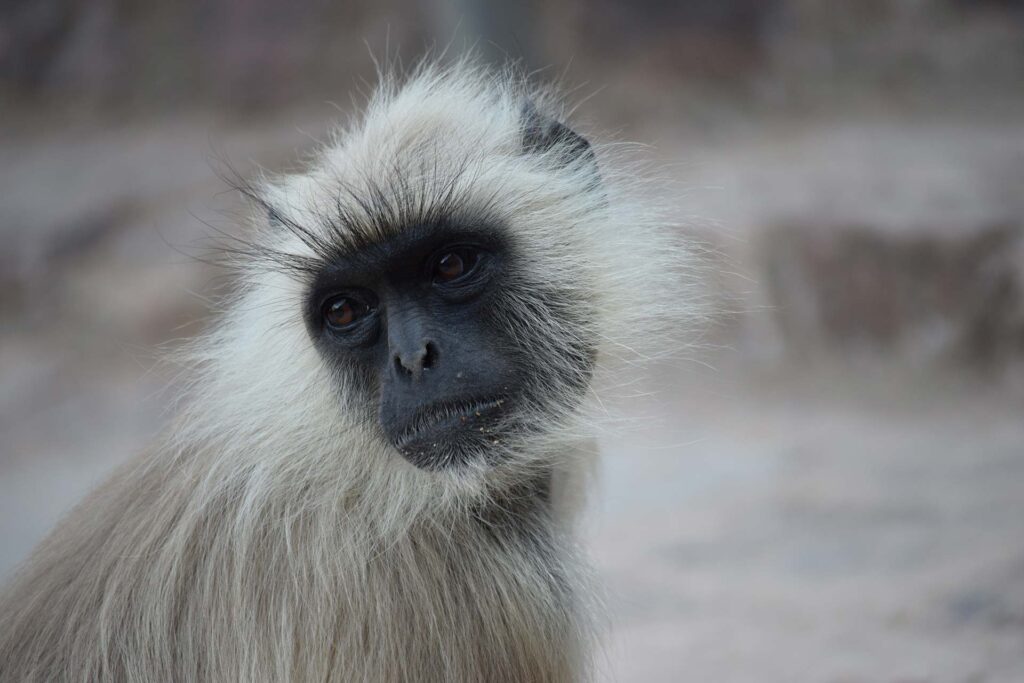
New Technique Discovered For Easy Autism Detection in Kids
A new study has discovered a new technique that ensures autism spectrum disorder in kids is accurately and quickly detected by doctors. Previously discovered

A new study from a team of Kyoto University’s Primate Research Institute published in Behavioral Ecology and Sociology proposes that the Japanese macaques’ red skin coloration denotes social rank rather than fertility.
The research team hoped to understand better human sexuality by examining the biological and evolutionary roots of sexual communications of primates.
While previous studies have primarily focused on the coloration of the female anogenital, which was thought to act as a fertility signal to attract males. This study provides more insight that information contained in this color signaling has to do with social rank.
The study team in a bid to have accurate results analyzed 12 in-captive female Japanese macaques. These Macaca fuscata’s were analyzed in the variation of their hindquarter and facial coloration (luminance and redness) in timely according to the fertile phase, the cycle number and also whether the cycle was non-conceptive or conceptive. This was analyzed with their individual characteristics like parity, social rank, and body mass.
The hindquarter and facial coloration don’t accurately propose the timing of the primate’s fertility phase, while the hindquarters luminance variation indicated differences between the different ovulation stages.
The faces became lighter while the hindquarters turned less red as the successive cycles increased. The hindquarters of these primates became redder during non-conceptive cycles as compared to conceptive ones.
In good lighting, the skin luminance and redness appear perceptible. Darker hindquarters can be seen on top-ranking females. Also, the study found that color variations might contain information relating to body mass differences but not in parity.
The female Japanese macaques’ coloration might be indicative of specific female characteristics and inter-cycle variation rather than their fertile phase.
https://link.springer.com/article/10.1007%2Fs00265-019-2712-x
https://www.eurekalert.org/pub_releases/2019-07/ku-asi070419.php

A new study has discovered a new technique that ensures autism spectrum disorder in kids is accurately and quickly detected by doctors. Previously discovered

Today astronomers from the Event Horizon Telescope Project (EHTP) unveiled the first-ever picture of a black hole and I’m sure most of you will have

A new study reveals that acute kidney failure can be detected earlier than the previous and currently used methods in patients. Drug-induced acute kidney

Scientists have discovered a new anticancer drug; pancreatic and ovarian cancer rarely show early symptoms and are known as silent killers. Other studies have






DISCLAIMER: ConductScience and affiliate products are NOT designed for human consumption, testing, or clinical utilization. They are designed for pre-clinical utilization only. Customers purchasing apparatus for the purposes of scientific research or veterinary care affirm adherence to applicable regulatory bodies for the country in which their research or care is conducted.